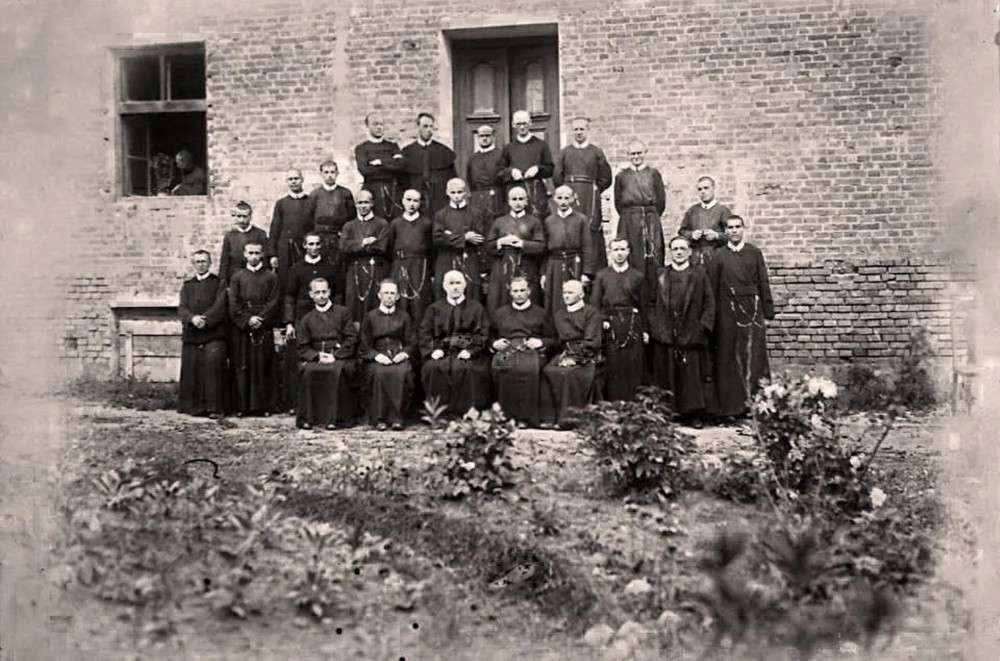
The article aims to analyse the evolution of the Neo-Union in the cities of Volhynia (Lutsk, the centre of voivodeship, and county centres) during the interwar period in Poland. The Vatican designed the Neo-Union as an instrument to integrate the Orthodox inhabitants of the former Russian Empire into the Roman Catholic Church. The study seeks to identify the localities where the Neo-Union spread, as well as its propagators, define the circle of its adherents, establish the origins of each community, highlight their common and distinct characteristics, and discover the fate of urban Neo-Union parishes in Volhynia. Based on archival sources, this study emphasises the unique aspects of the Neo-Union movement's development in the urban settings of Volhynia, which had significant differences compared to the villages of the voivodeship, for the first time. The study materials proved that Neo-Union followers were not present in all county centres of the Volhynian Voivodeship, and even in cities where they resided, establishing a Neo-Union parish was not always feasible. In the cities where the Neo-Union movement formed a parish, its formation and development took place without the inter-confessional conflicts common in rural areas, though challenges were present. Further research prospects aim to expand knowledge about the Neo-Union parishes in the cities of Volhynia, their leaders, and parishioners.
Source: Fedchuk O. (2023). Neo-Union in the Cities of Volhynia (1925–1939). City: History, Culture, Society. 15 (1): 106–117
Source web-site: http://mics.org.ua/journal/index.php/mics/article/view/246/243
Number of views: 1344